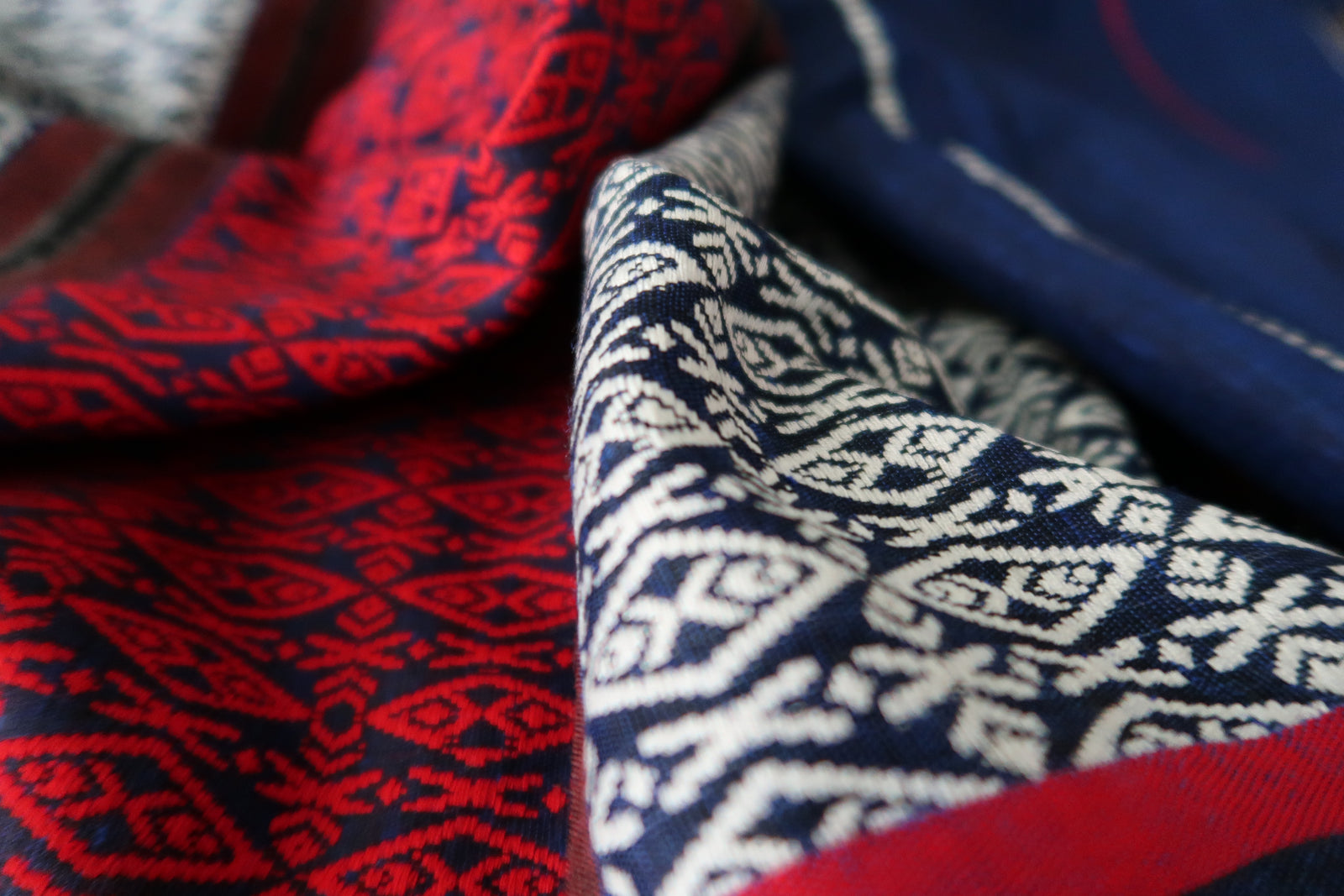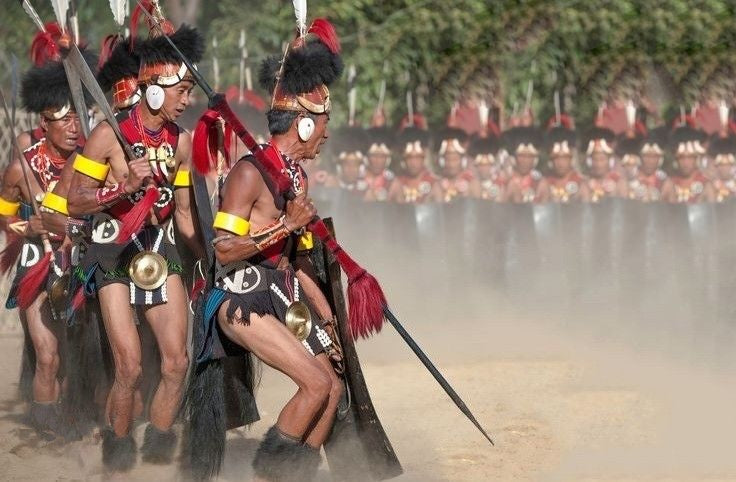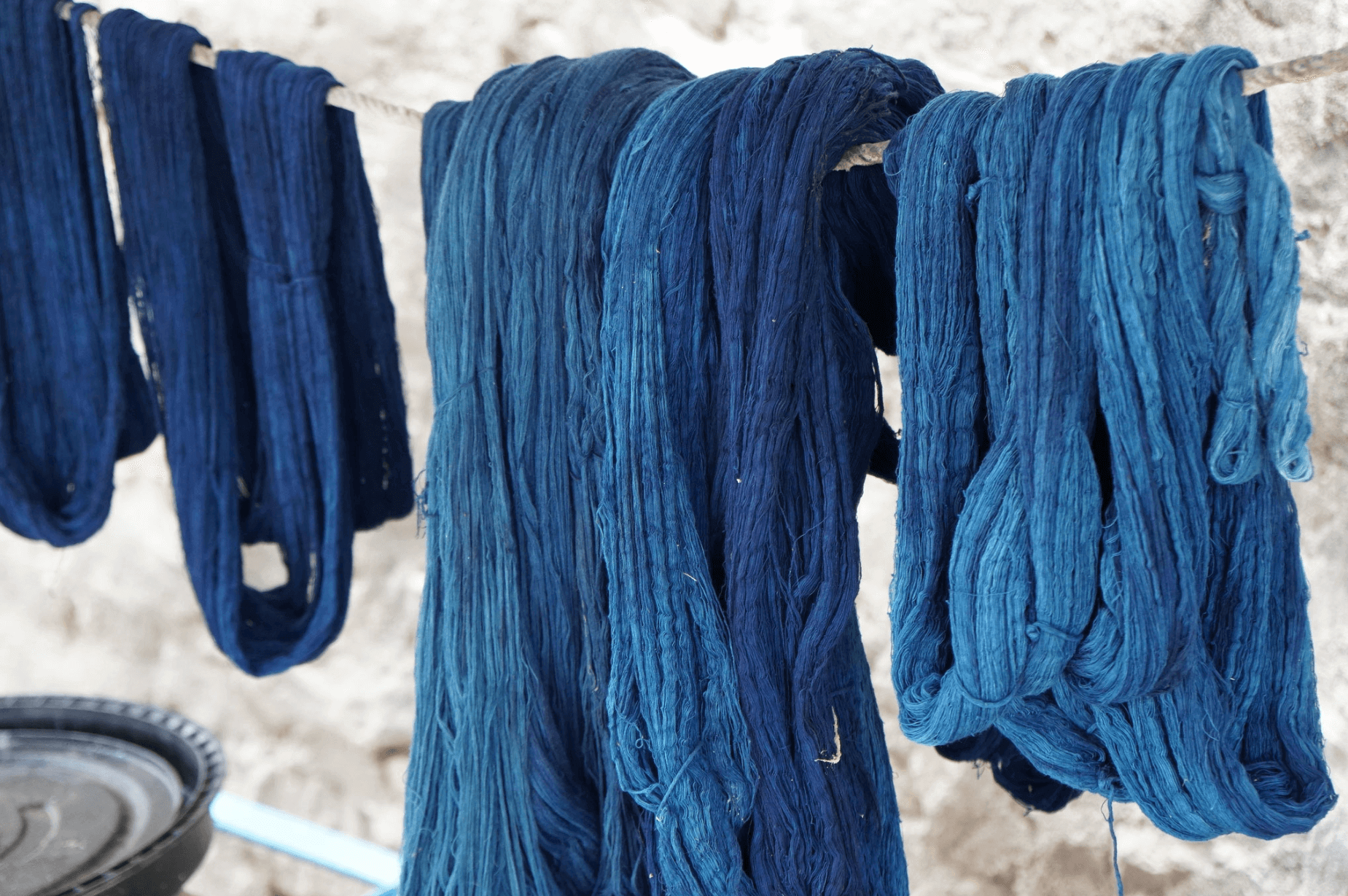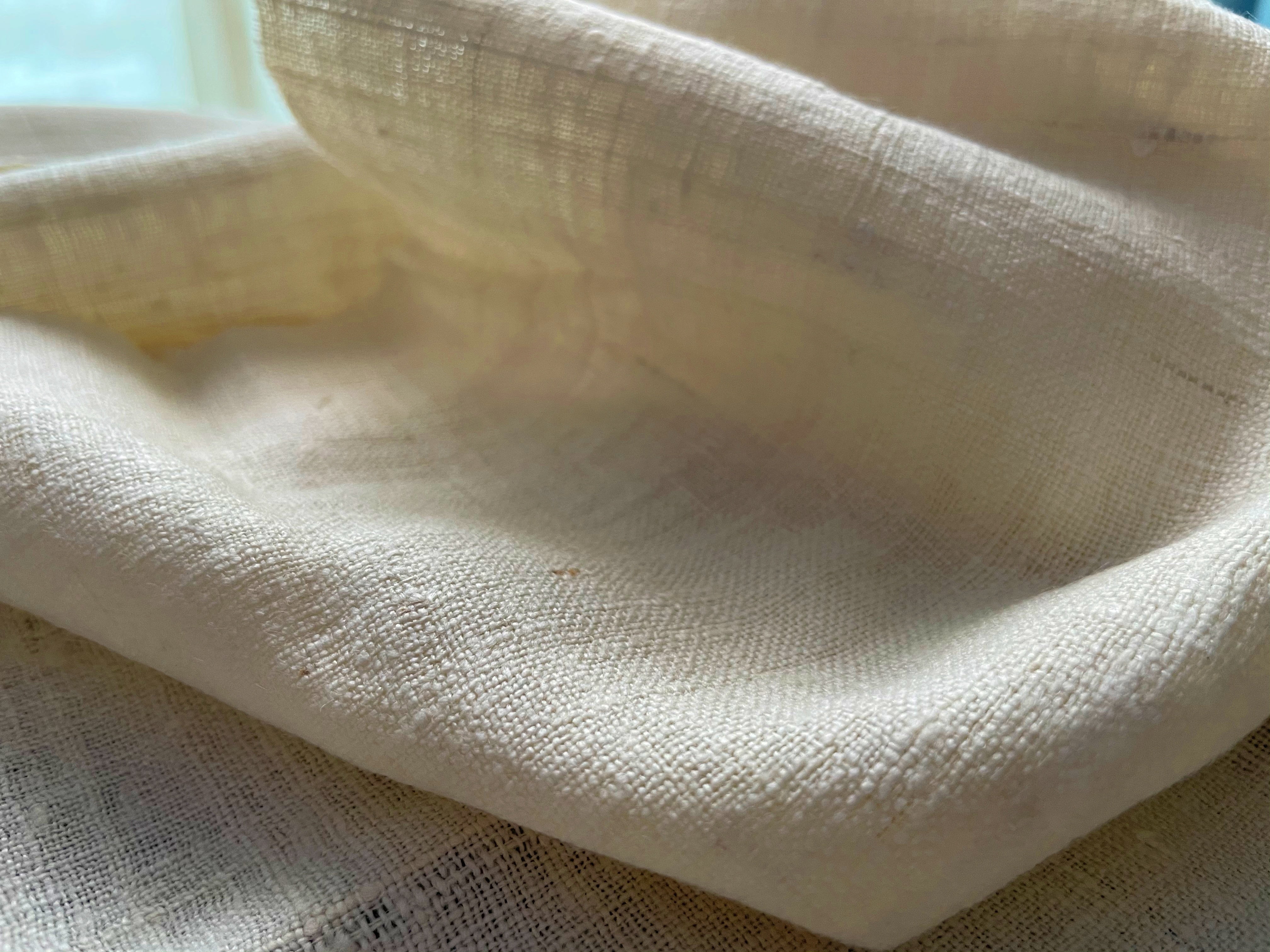Assam Silk - A Terminology Breakdown

Luxurious Muga

Gentle Eri
Eri silk, also known as Endi or Errandi silk, is one of the most underrated silks - rustic texture, muted sheen, dense and coarse. The manufacturing process of Eri allows the pupae to develop into adults and only the open ended coocons are used for turning into silk yarns, it is also popularly known as Ahimsa or non-violent silk.
While the production of Eri silk is more labour and cost intensive, it is more sustainable and cruelty-free compared to conventional silk. 100% of the cocoon can be used to make yarns and, in turn, fabrics. It is in fact nature’s very way of teaching us upcycling.
 Besides, Eri silk has a magical quality: it is isothermal - cool in summer and warm in winter. It is also a strong, durable fabric, combining the elegance of silk with the comfort of cotton and warmth of wool. The more it is worn, the softer it gets and is a great textile to be worn all year round. Read - The Story of Eri.
Besides, Eri silk has a magical quality: it is isothermal - cool in summer and warm in winter. It is also a strong, durable fabric, combining the elegance of silk with the comfort of cotton and warmth of wool. The more it is worn, the softer it gets and is a great textile to be worn all year round. Read - The Story of Eri.
Glossy Paat
Paat silk is a variety of domestic mulberry silk produced in Assam. The larvae that feeds on indigeneous bogori (jujube) plant leaves are called Nuni, hence it is also referred to as Nuni Paat. The silk has a natural white/off-white shade and is known for its softness, durability and glossy texture.

The raw version of Paat silk is called Kesa Paat, a delicate fibre which is diaphanous. Kesa Paat contains sericin. The gummy substance, affording protection during processing, is usually retained until the yarn stage and is removed by boiling the silk in soap and water, leaving it soft and lustrous, with weight reduced by as much as 30 percent. This is the reason why Kesa Paat is wispy & light as a feather, and gives a dreamy look to the garment.





